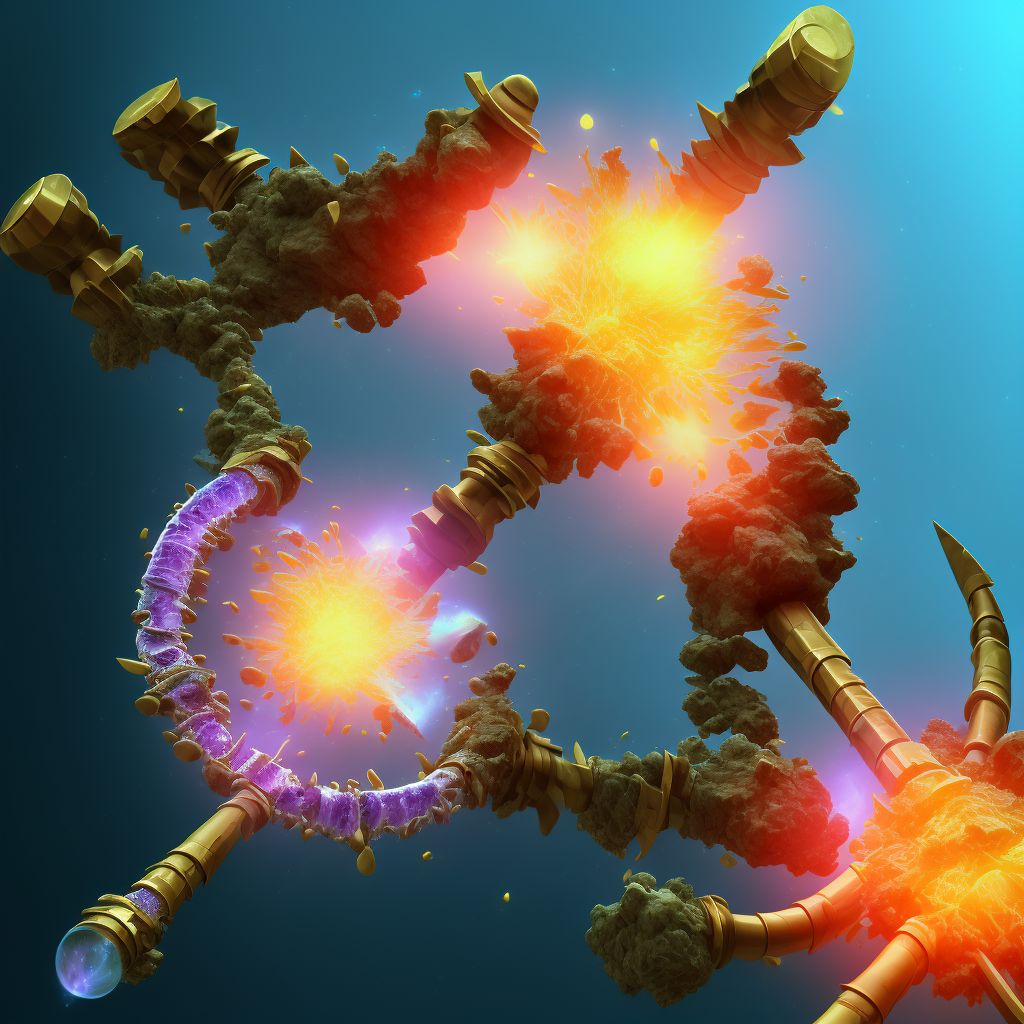
Displaced spiral fracture of shaft of unspecified tibia, subsequent encounter for closed fracture with nonunion Save
ICD-10 code: S82.243K
Disease category: S82.243: Displaced spiral fracture of shaft of unspecified tibia
Displaced Spiral Fracture of Shaft of Unspecified Tibia: Understanding the Condition
A displaced spiral fracture of the shaft of the unspecified tibia is a specific type of bone injury that involves a twisted or spiraled break in the long bone located between the knee and ankle. This condition can occur due to various reasons, such as accidents, falls, or sports-related injuries. In this article, we will discuss the condition, its subsequent encounter for a closed fracture, and the nonunion aspect.
When a displaced spiral fracture of the tibia occurs, the bone breaks and twists along its length, resulting in a visible spiral pattern. This type of fracture is often characterized by severe pain, swelling, and difficulty in bearing weight on the affected leg. It is essential to seek medical attention promptly to properly diagnose and treat the injury.
- Diagnosis: The initial encounter for this condition involves diagnostic procedures, such as X-rays, to assess the extent and location of the fracture. Physicians may also perform a physical examination to evaluate the patient's range of motion and identify any associated injuries.
- Subsequent Encounter for Closed Fracture: After the initial diagnosis, subsequent encounters refer to follow-up visits for monitoring the progress of the healing process. During these visits, healthcare professionals assess the fracture's stability, the alignment of the bones, and any signs of complications like nonunion.
- Nonunion: Nonunion refers to a condition where the broken bone fails to heal properly or within the expected timeframe. In the case of a displaced spiral fracture of the tibia, nonunion can occur due to various factors, such as infection, poor blood supply, inadequate immobilization, or patient-related factors. It is important to address nonunion promptly to prevent further complications.
It is crucial to note that the information provided in this article is for educational purposes only and should not be considered as medical advice. If you or someone you know has experienced a displaced spiral fracture of the shaft of the unspecified tibia, consult a healthcare professional for an accurate diagnosis and appropriate treatment options.
Remember, early diagnosis and proper management of this condition can significantly improve the chances of successful healing and recovery.
Treatment of Displaced spiral fracture of shaft of unspecified tibia, subsequent encounter for closed fracture with nonunion:
Treatment Options for Displaced Spiral Fracture of Shaft of Unspecified Tibia, Subsequent Encounter for Closed Fracture with Nonunion
A displaced spiral fracture of the shaft of the tibia can be a challenging condition that requires appropriate treatment to promote healing and prevent complications. In cases where nonunion occurs after a closed fracture, it becomes even more crucia...
To see full information about treatment please Sign up or Log in